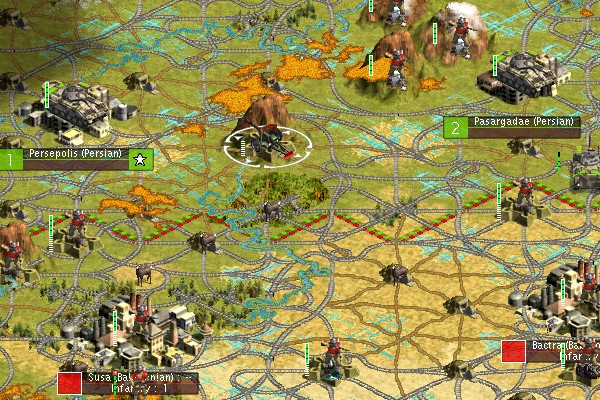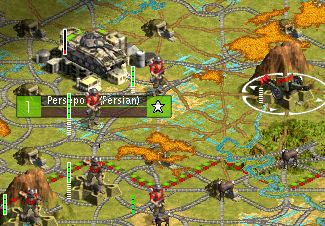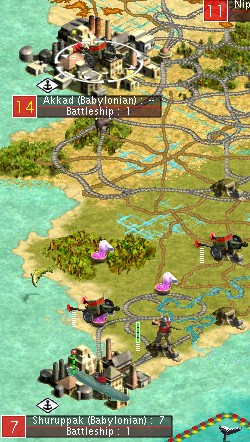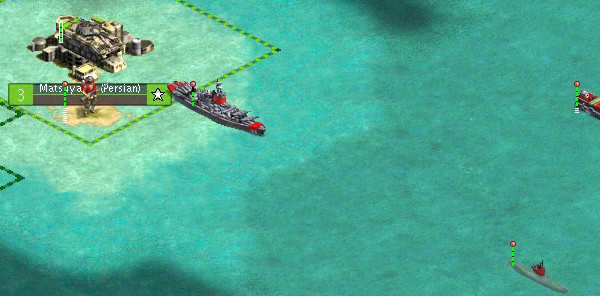 |
 |
 |
 |
1750 AD - 1800 AD Hammurabi's ambition knew no limit. He spent years secretly building Artillery, then started the most deadly war in human history. Over a hundred Artillery set on Mountains and in Forts rained death down upon the helpless Persians. The Persian military hid in their Barracks, while their citizens were terrorized by the relentless bombardment of Hammurabi the Pitiless. (Hammurabi always insisted it was fair under the rules of war, "as long as he was aiming at their cowardly Mechs." Still, many thousands died.) |
|
1800 AD
Only after every Persian city on the border had been reduced to rubble did Hammurabi the Merciless begin his invasion. Pasargadae, Tyre, Arbela, Sidon, and even Persepolis itself, great centers of Persian culture, centuries of human thought and endeavor, reduced to dust.
|
 |
 |
1808 AD Babylonian Infantry Attacking with ordinary Infantry against the Mechanized Persian Infantry was a terrible ordeal, and the survivors often envied the dead. The counterattacks were withering, but the soldiers fought on. Many a Babylonian Infantryman said a prayer for the Aim of the Artillery. But when Hammurabi the Crusher of Hope finally captured Persepolis, he captured the Pyramids, the Sistine Chapel, Smith's Trading Company, the United Nations, and Universal Suffrage -- and sent Xerxes on the run, a run which could only end one way. |
|
1852 AD Control of the Seas Xerxes fled to the middle of the Ocean of India. Surrounded by Destroyers, he thought he was safe. But Hammurabi the Relentless knew that Xerxes had to go. |
 |
 |
1852 AD Scrap Steel Disbanding his Artillery, Hammurabi Admiral of the Seas created a great fleet of Battleships. With a couple rounds from the Big Guns, the Persian Destroyers were swept from the sea.
|
| 1854 AD Last Redoubt Xerxes final stand was at Matsuyama in the Ocean of India. Well, you know what they say, Xerxes "lost his seat at the United Nations." |
 |